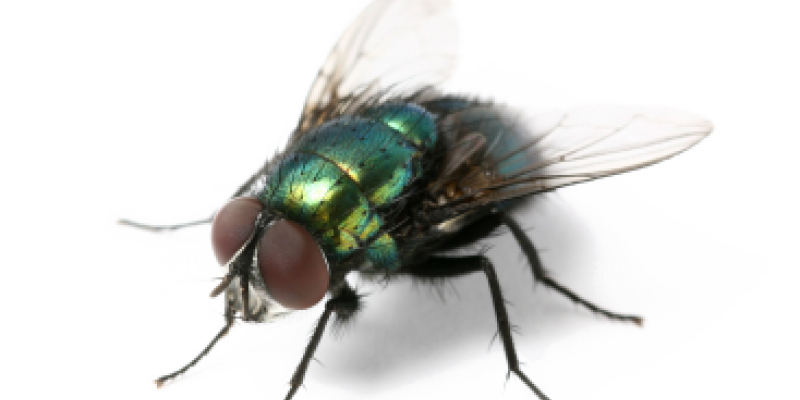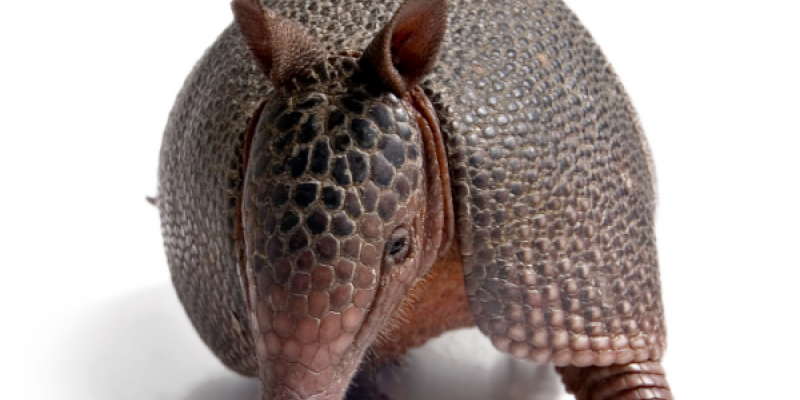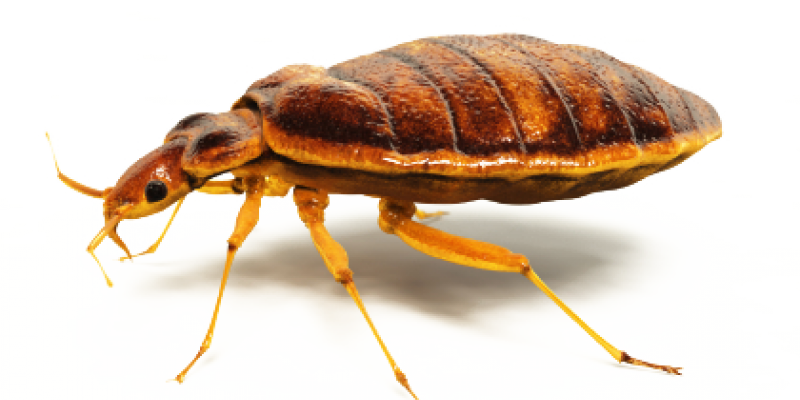How to Detect Ticks: Can You Feel a Tick Bite?
When temperatures begin to rise, tick bites become a concern for families who enjoy outdoor activities. In fact, any time temperatures reach above 40 degrees, ticks become more active. So, hiking, camping, going to the beach, and even enjoying a barbecue in the backyard can be interrupted by a tick bite. Detecting a tick early and removing the tick properly from the bite area is crucial to preventing tick-borne diseases like Lyme disease and Rocky Mountain Spotted Fever.
What do ticks feel like? Can you feel a tick bite? If you can’t feel a tick, how can you detect and remove ticks to avoid illness? Here’s what you need to know to protect yourself, your family, and your pets with essential tick bite detection and prevention.
Can you feel ticks on your body? Unfortunately, the answer in many cases is no. So, what do ticks feel like? When ticks are in the nymph stage during spring and early summer, they’re the size of a poppy seed, making them nearly impossible to feel. Even when they bite, you won’t feel a tick nymph, yet they are the ticks most likely to transmit Lyme disease and other tick-borne infections.
If you can’t feel a tick bite, how do you know if you’ve been bitten? Detecting ticks or nymphs requires super-close visual examination. Even then, a tick can be in a place you can’t see on your own. They like to bite the back of your neck or the top of your scalp. That’s why it’s wise to have a friend or loved one help you scan your body for ticks after being outside, especially in places on your body that you can’t see.
As ticks grow, it may be easier to feel them moving on your skin, but there’s no guarantee. A tick crawling on your body can feel like a very slight tickle—it’s a sensation that can be easily missed if you aren’t purposefully checking for them. You’re more likely to find a tick by seeing it crawling on you or someone else.
Not only are you unlikely to feel a tick or nymph moving on you, but you can’t feel a tick bite. Even once the tick bites and embeds itself into your skin, you’re unlikely to feel it. The bite doesn’t hurt, itch, or burn. While the tick feeds on your blood, its body begins to swell, making it easier to spot and locate. A tactile search is one way to find or feel a tick on you. Search by running your hands lightly over the areas of your body where ticks are likely to crawl or bite, including:
Since you cannot feel a tick bite or even a tick crawling on you, it’s important to look for them visually. But what do ticks look like?
Ticks are arachnids, and they look a lot like the spiders and mites they are related to. Tick eggs look a lot like red caviar, and the hatchlings and nymphs look like minuscule spiders or mites. A hungry tick has a flat body with a teardrop shape. The head is at the more pointed end of the body. Tiny tick larvae have just six legs, while nymphs and adult ticks have eight. Once a tick bites, it embeds in the skin, attaching through a barbed feeding tube. The feeding process includes injecting the host with a mild painkiller, so you cannot feel the tick bite, attach or feed.
As the tick feasts on its host blood, the tick’s body swells enormously. An adult female tick can swell up to 200 times her original body size as she drinks blood. She may swell to half an inch long, making her much easier to spot.
Unlike bites from mosquitoes and other bugs, tick bites do not typically cause immediate skin irritation or itching sensation. When it embeds itself in your skin, the tick injects its saliva, which contains a numbing agent called kinases, enabling the insect to avoid detection while it feeds on its host.
You can’t feel a tick bite when it bites you. Many individuals with Lyme disease were unaware they experienced a tick bite until symptoms of the disease emerged well after the tick was gone. What does a tick bite look and feel like? The answer depends on the type of tick and your specific physical reaction.
Tick bite lesions can vary in appearance, size, and sensation. In most cases, a bite that does not transmit a tick-borne illness will resemble a mosquito bite without extensive itching or pain. It is a small red bump that will fade within a couple of days.
Since you cannot feel a tick bite, it’s good to know what the bites look like. Here are some of the different tick bite lesions and reactions that are cause for concern:
If you notice any of the signs or symptoms listed above or find a tick attached to you, contact a medical professional who will have the proper tools to remove the tick safely. Once removed, professionals can test the tick for disease to ensure you receive any necessary treatment. If medical attention is difficult to reach, learn how to remove a tick safely .
Contact your local 247 Local Pest Control to keep ticks at bay and your family and pets safe. our service professionals will provide an effective, long-lasting barrier treatment to keep ticks out of your yard for up to thirty days. To learn more about our pest control services, including our natural barrier treatments, call (833) 220-1001 or request an estimate online today.
Why are there so many ticks?
Ticks are not a new threat, but as their population and habitat continue to grow and expand, the potential threat to humans and animals increases. Climate change plays a part in rising tick populations. And as more forests and wooded land is developed into housing and shopping districts, the areas where ticks once lived in isolation are gone. The combination of a rising tick population and people moving into their traditional habitat increases the chances that you will encounter ticks.
Where are ticks most commonly found?
Ticks live in areas where hosts are plentiful. This includes wooded areas, meadows, and marshes. You can also encounter ticks at the beach, particularly along walkways from the hills overlooking the water, down past heavy vegetation to the sand. Nearly anywhere there is sufficient vegetation, you will find ticks.

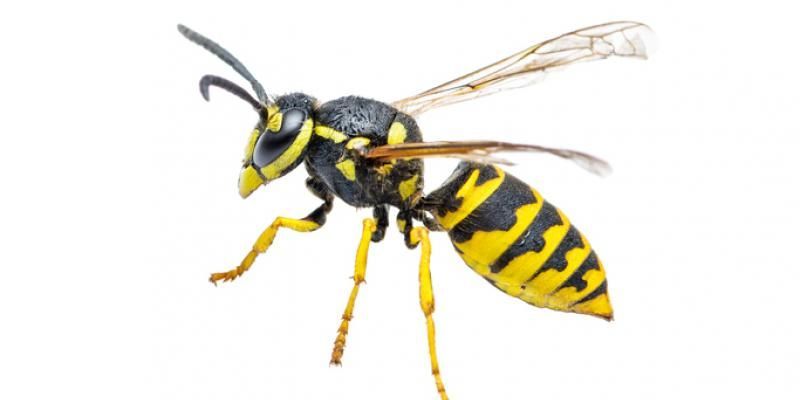


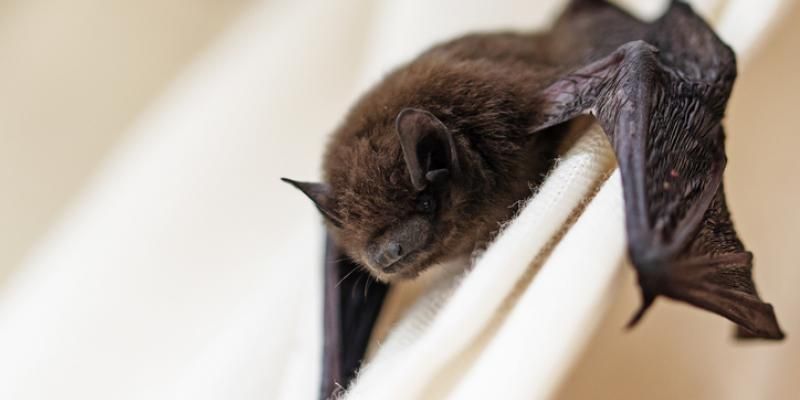

247localpestcontrol.com is a referral service that connects you with pest control service providers in your area. All pest control providers are operated independently of 247localpestcontrol.com. It is the responsibility of each user to verify that the pest control provider connected with meets all licensing and insurance requirements in that jurisdiction.
The photos on the 247localpestcontrol.com website are for design purposes only and do not represent the actual pest control services provided in your area.
Please note that pest control services may not be available in all areas, and when available, the services may vary depending on the providers available. 247localpestcontrol.com does not guarantee the availability of any specific pest control service or provider in your area.
It is recommended that you thoroughly research and vet any pest control service provider before hiring them to ensure that they meet your specific needs and requirements. 247localpestcontrol.com is not responsible for any issues or damages resulting from the services provided by any pest control service provider connected through our referral service.

